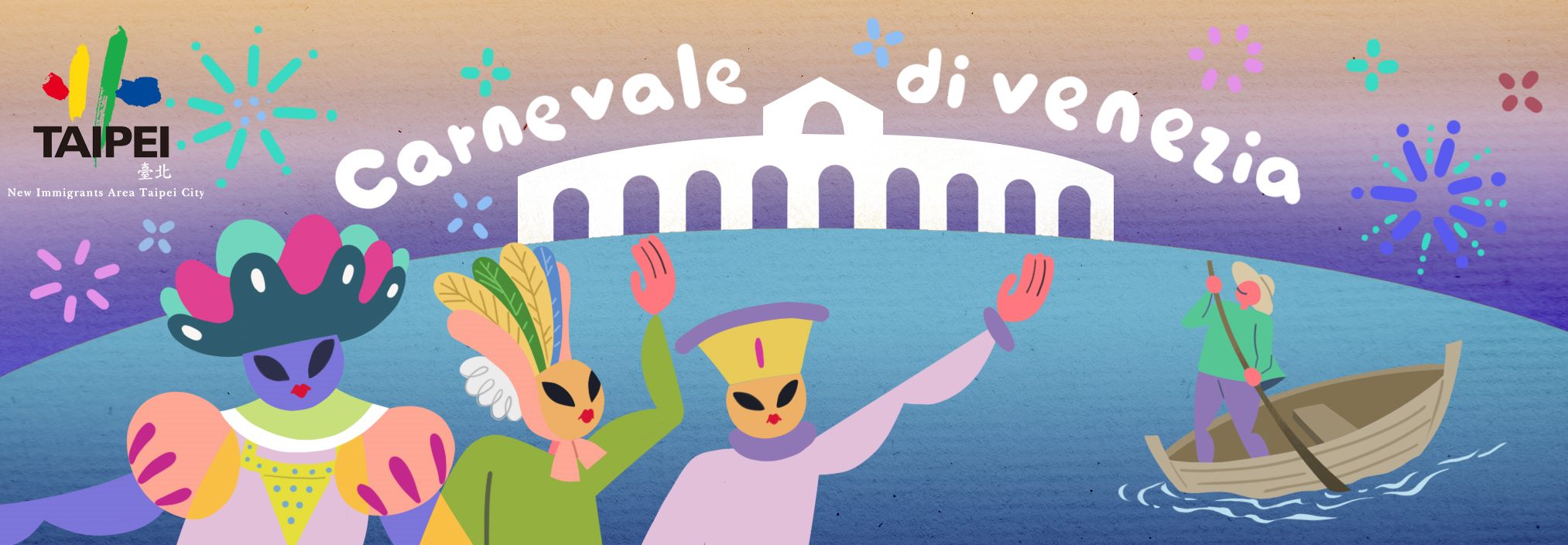The Carnival of Venice is one of the most important celebrations in Venice every winter, alongside the Carnival in Rio de Janeiro, Brazil, and the Nice Carnival in France, collectively referred to as the three major carnivals in the world. In Italian, the Venice Carnival is called Carnevale, meaning a festive celebration before the start of Lent. In the 11th century, after the Venetian Republic triumphed over the neighboring Ulrico, the people celebrated the victory with days of revelry. As Venice's power grew, by the 13th century, they established the long-standing carnival tradition and fixed its timing according to the religious calendar, naming it Carnevale and scheduling it for 10-12 days before the Lenten season leading up to Easter. According to the Catholic calendar, Easter falls between March and April each year. In remembrance of Jesus’ Crucifixion, the 40 days preceding Easter are designated as the fasting period, known as Lent. During this time, Catholics are forbidden from indulging in meat and festivities. Therefore, believers take advantage of the days leading up to Lent to revel and enjoy themselves without restraint. The tradition of wearing masks emerged around the 13th century. Due to Venice's prosperity, a significant wealth gap existed between the nobility and commoners. To bridge this gap during the carnival, everyone puts on masks and don their finest attire. Regardless of social class, people came together to freely revel and partake in the festivities. Wearing masks during the celebration symbolizes equality, breaking free from the constraints of class and identity. It allows both nobility and commoners to joyously participate in the carnival without any reservations. 
-
- 2023 Taiwan Lantern Festival in Taipei - New Immigrant Lantern Area
- Discover Taipei-Taiwanese Temple Festival
- Hong Kong and Macau Area
- Taipei City New Immigrant Gourmet Map
- New Immigrant Art Groups
- Life
- Jobs
- Social Welfare
- Learning
- Leisure
- Health Care
- Multi-Culture
- Household Act And Identity
- Nationality
- Achievements Area
- New Immigrant Participatory Budgeting Achievements
- Participatory Budgeting
- Muslim Friendly
- Education Zone for Second-generation New Immigrants
-
- 2023 Taiwan Lantern Festival in Taipei - New Immigrant Lantern Area
- Discover Taipei-Taiwanese Temple Festival
- Hong Kong and Macau Area
- Taipei City New Immigrant Gourmet Map
- New Immigrant Art Groups
- Life
- Jobs
- Social Welfare
- Learning
- Leisure
- Health Care
- Multi-Culture
- Household Act And Identity
- Nationality
- Achievements Area
- New Immigrant Participatory Budgeting Achievements
- Participatory Budgeting
- Muslim Friendly
- Education Zone for Second-generation New Immigrants

![Taiwan.gov.tw [ open a new window]](/images/egov.png)
